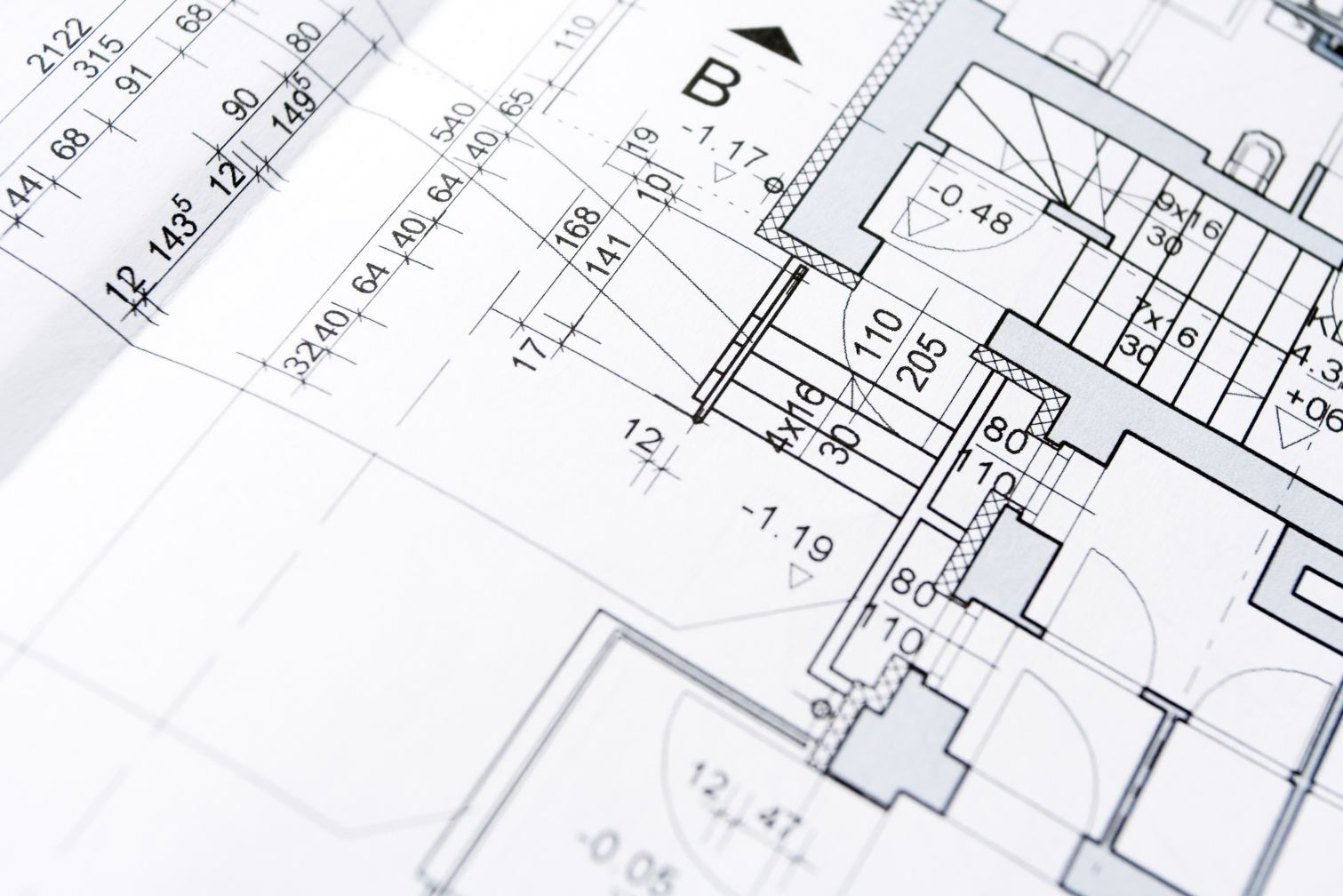
CNC Retrofit vs. Replacing Your Machine
Several legacy CNCs were developed decades ago and relied on analog controls.
Why is CAD/CAM software important?
The proliferation of Computer-Aided Design (CAD) and Computer-Aided Machining (CAM) software has fundamentally transformed industrial manufacturing. These tools have simplified the planning and execution stages of both prototypes and final product versions. The pivotal role of CAD and CAM software in CNC machining, with its direct influence over product creation, cannot be overstated. Below, we discuss how CAD and CAM software contribute to the manufacturing process.
Design Phase
Before CAD software entered the scene, machine and part designs were painstakingly drafted on paper. Today, these designs are conveniently crafted on a computer. CAD software empowers designers to construct simulated 3D models of their designs, providing a comprehensive view of the product from the get-go. This allows for meticulous refinement of every detail, with the ability to focus on any section of the proposed design. For complex products with multiple components, each part can be examined both collectively and individually. This enhances the visualization of how these components will synergize and interact within their assigned positions.
Production Phase
Once designs are finalized, CAM software is utilized to manufacture prototypes and end-products. The operator inputs key parameters, including tool type and material, which can be preserved in the software for future use, thereby simplifying repeated use of specific configurations. As the tools are computer-controlled, CAM enables superior precision and expedited manufacturing, surpassing the speed of more conventional methods that rely heavily on manual labor.
Optimization
Perhaps the most remarkable accomplishment of CAD and CAM software is their ability to optimize the entire design and manufacturing procedure. CAM software interprets files generated by CAD software, consolidating all steps from inception to completion. This comprehensive perspective on production enhances the understanding of designers and manufacturers, enabling them to minimize excess expenses and time spent on creating product drafts. The software retains the designer's specific instructions, providing the manufacturer with clearer guidelines and reducing ambiguity. This is particularly crucial when separate entities are involved in different stages of the process, such as manufacturing, as it helps avoid complications arising from misinterpretation or miscommunication.
If you’d like to improve your efficiency with the best CAD/CAM software on the market, look no further than Fablink. Reach out to us today via phone or email to learn more about the software we offer and how it can elevate your business!
